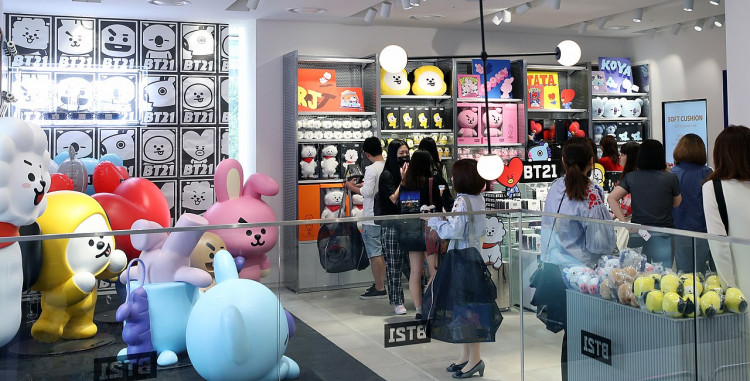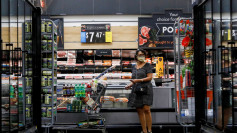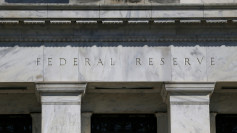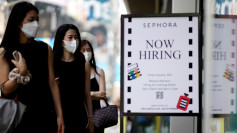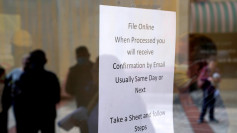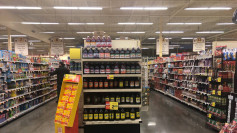U.S. consumers are expected to spend $253.4 billion online this holiday season, a 5.3% increase from last year, as shoppers turn to artificial intelligence tools, steep discounts, and flexible payment plans to navigate economic pressure from tariffs and inflation, according to Adobe Analytics data released Monday.
The projection marks the slowest growth rate since the pandemic-era surge, down from 8.7% last year and well below the 10-year average of roughly 13%, Adobe said. Despite slower growth, analysts see this year as a turning point - the first true "AI holiday season."
"This will truly be one of the first holidays where we'll see consumers really lean on generative AI platforms," said Vivek Pandya, director at Adobe Digital Insights. AI-driven traffic from chatbots and recommendation tools is expected to soar 520% year over year, potentially exceeding 1,000% on peak shopping days such as Thanksgiving and Cyber Monday.
According to Adobe's forecast, Cyber Monday will once again lead the season, generating $14.2 billion in sales, up 6.3% from last year. Black Friday will follow with $11.7 billion, an 8.3% increase. The five-day Cyber Week period from Thanksgiving through Cyber Monday will account for 17.2% of total online holiday spending, or roughly $43.7 billion.
Shoppers are expected to rely heavily on mobile devices, which will represent 56.1% of all online purchases, totaling $142.7 billion - up from 40% in 2020. Buy Now, Pay Later services will also play a significant role, driving an estimated $20.2 billion in online sales, an 11% increase from last year.
Pandya said inflation-weary consumers will focus on promotions rather than splurges. "With discounts, we're not expecting them to be stronger than last season," he told Axios. "We're expecting them to be kind of on par, a little weaker across a couple of categories, but still quite competitive in this broader retail space."
Adobe expects electronics and toys to lead discounting, with markdowns of up to 28% and 27%, respectively. Top-selling items will include the Nintendo Switch 2, iPhone 17, Dyson Airwrap, and trending collectibles like Labubu dolls. The company predicts electronics ($57.5 billion), apparel ($47.6 billion), and furniture ($31.1 billion) will together make up more than half of total online spending.
While headline figures remain positive, the slowdown underscores the financial strain on U.S. households. Consulting firm PwC found consumers plan to spend about 5% less this holiday season - an average of $1,552 on gifts, travel, and entertainment - with Gen Z respondents indicating a sharper 23% cutback.
Pandya said the outlook remains resilient given ongoing price pressures. "The holiday season is one of the areas where they do feel much more of an onus and a drive to get the goods they need," he said. "We're seeing them willing to spend and capitalize on these sales moments."
Still, analysts warn that rising import costs tied to new tariffs could erode retailers' margins and push consumers further toward bargain-hunting. "Ultimately, all these retailers have to be able to drive up demand in this moment," Pandya said. "They're going to be looking to offer competitive pricing in this promotional period at a very elevated rate."
